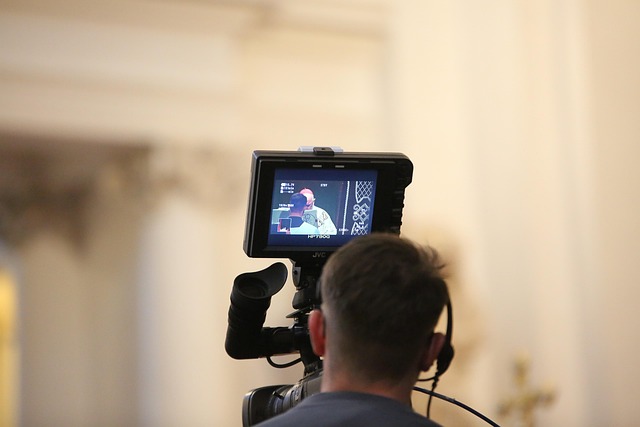
Incorporating Tolerance in Communication: Science, Technology, and Workplace Culture
In an increasingly interconnected world, tolerance in communication plays a pivotal role in fostering understanding and collaboration across various spheres, including science, technology, and workplace culture. As we navigate through diverse environments, the capacity to engage in thoughtful, respectful discourse becomes essential.
In the realm of science, the value of tolerance is particularly evident. Scientific inquiry thrives on diverse perspectives, as groundbreaking ideas frequently emerge from the exchange of different viewpoints. Researchers and scientists must cultivate an environment where colleagues feel safe expressing unconventional thoughts without fear of judgment. By prioritizing tolerance, these scholars can stimulate innovation and creativity, ultimately advancing our comprehension of complex issues. Furthermore, public trust in science often hinges on scientists’ willingness to engage with criticism constructively and embrace diverse societal values. When scientists communicate with tolerance, they empower communities to engage in informed discussions about scientific findings, thereby bridging the gap between research and public understanding.
The role of tolerance expands in the sphere of technology. In an age dominated by digital communication, it is crucial that individuals learn to convey their thoughts with respect and empathy. Online platforms often serve as a breeding ground for misunderstandings, where a lack of face-to-face interaction can lead to misinterpretation of intentions. Tolerance in technical discussions—and in how we interact on social media—can help alleviate hostility and create a more productive dialogue. By understanding that varying levels of expertise exist and that everyone learns at their own pace, technology professionals can cultivate inclusive environments that foster collaboration rather than competition. Whether it’s a programming debate or a brainstorming session, prioritizing tolerance can result in better teamwork and innovation.
When we examine workplace culture, it becomes clear that a foundation of tolerance can significantly improve our professional environments. Tolerance fosters open communication, where employees feel valued regardless of their differences. In such a culture, team members can share ideas freely, leading to enhanced productivity and morale. Employers who champion a diverse workforce stand to benefit immensely by integrating systems that promote tolerance and respect. Training initiatives focused on diversity and inclusion can equip employees with the skills they need to communicate effectively across cultural divides.
Moreover, managers who exemplify tolerance in their leadership styles create a culture of trust. They encourage their teams to voice their thoughts, leading to a rich tapestry of ideas that can boost problem-solving and innovation. Regular feedback sessions, coupled with a willingness to listen, can help identify and address any issues, fostering a more harmonious work environment. In contrast, workplaces that neglect the importance of tolerance often suffer from high turnover rates, low employee engagement, and reduced overall effectiveness.
Ultimately, the integration of tolerance within communication in science, technology, and workplace culture is not merely a nicety; it is essential for sustainable growth and development. It is crucial for us to recognize the palpable impact tolerance can have, not only on our immediate interactions but also on shaping the future of our collaborative efforts. By embracing tolerance, we cultivate spaces that inspire creativity, foster understanding, and pave the way for unrivaled advancements in our rapidly changing world.



